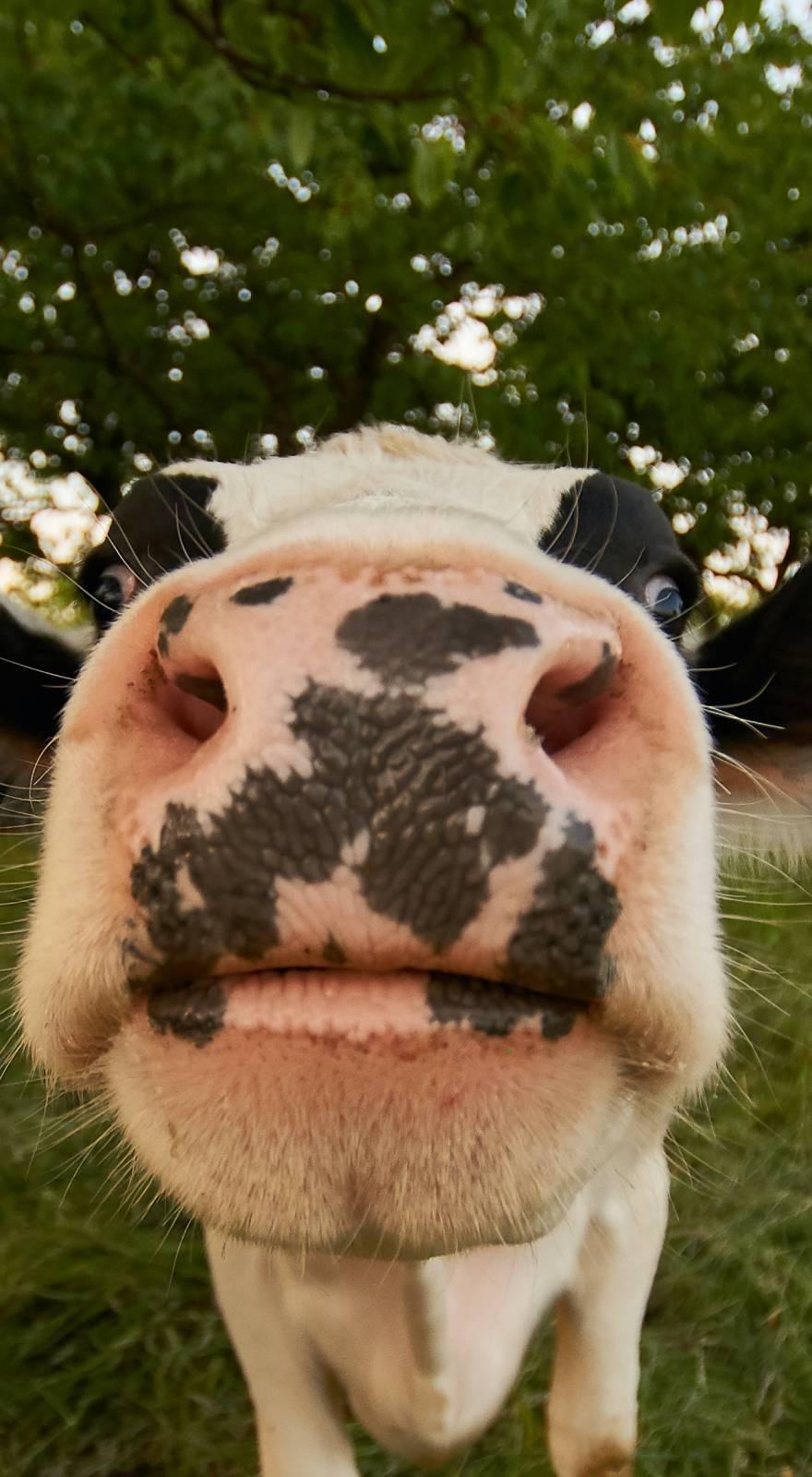Knowde Enhanced TDS
Identification & Functionality
- Ingredient Name
- Animal Feed & Nutrition Functions
- Ingredients
- Corn
- Technologies
Features & Benefits
- Definition of other term
- Broken corn. All matter that passes readily through a 12/64 round-hole sieve and over a 6/64 round-hole sieve according to procedures prescribed in FGIS instructions.
- Broken corn and foreign material. All matter that passes readily through a 12/64 round-hole sieve and all matter other than corn that remains in the sieved sample after
- sieving according to procedures prescribed in FGIS instructions.
- Classes. There are three classes for corn: Yellow corn, White corn, and Mixed corn.
- Yellow corn. Corn that is yellow-kerneled and contains not more than 5.0 percent of corn of other colors. Yellow kernels of corn with a slight tinge of red are considered Yellow corn.
- White corn. Corn that is white-kerneled and contains not more than 2.0 percent of corn of other colors. White kernels of corn with a slight tinge of light straw or pink color are considered White corn.
- Mixed corn. Corn that does not meet the color requirements for either of the classes Yellow corn or White corn and includes white-capped Yellow corn.
- Damaged kernels. Kernels and pieces of corn kernels that are badly ground-damaged,
- badly weather-damaged, diseased, frost-damaged, germ-damaged, heat-damaged, insectbored, mold-damaged, sprout-damaged, or otherwise materially damaged.
- Foreign material. All matter that passes readily through a 6/64 round-hole sieve and all matter other than corn that remains on top of the 12/64 round-hole sieve according to
- procedures prescribed in FGIS instructions.
- Heat-damaged kernels. Kernels and pieces of corn kernels that are materially discolored and damaged by heat.
- Sieves:
a) 12/64 round-hole sieve. A metal sieve 0.032 inch thick with round perforations 0.1875 (12/64) inch in diameter which are 1/4 inch from center to center. The
perforations of each row shall be staggered in relation to the adjacent row.
b) 6/64 round-hole sieve. A metal sieve 0.032 inch thick with round perforations 0.0937 (6/64) inch in diameter which are 5/32 inch from center to center. The perforations of each row shall be staggered in relation to the adjacent row.
Applications & Uses
- Markets
- Principles Governing the Application of Standards
Basis of determination: Each determination of class, damaged kernels, heat-damaged kernels, waxy corn, flint corn, and flint and dent corn is made on the basis of the grain after the removal of the broken corn and foreign material. Other determinations not specifically provided for under the general provisions are made on the basis of the grain as a whole, except the determination of odor is made on either the basis of the grain as a whole or the grain when free from broken corn and foreign material.
Regulatory & Compliance
- Certifications & Compliance
Technical Details & Test Data
- Guaranteed Analysis
Test Weight min. 54lbs/bushel Heat damaged kernels max. 0.002 Total damaged kernels max. 0.05 Broken corn & foreign material max. 0.03 Moisture max. 0.145
Packaging & Availability
- Special Grades and Special Grade Requirements
- Flint corn. Corn that consists of 95 percent or more of flint corn.
- Flint and dent corn. Corn that consists of a mixture of flint and dent corn containing more than 5.0 percent but less than 95 percent of flint corn.
- Waxy corn. Corn that consists of 95 percent or more waxy corn, according to procedures prescribed in FGIS instructions.

